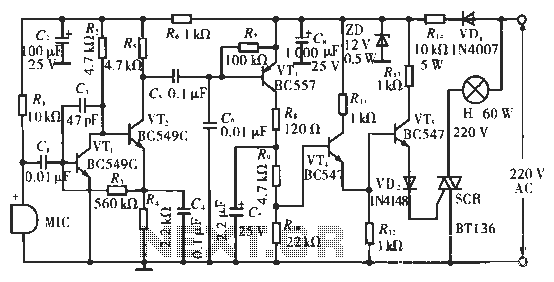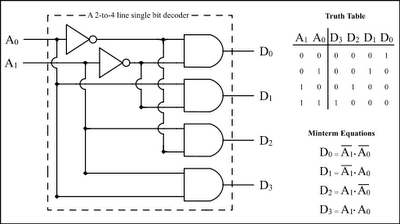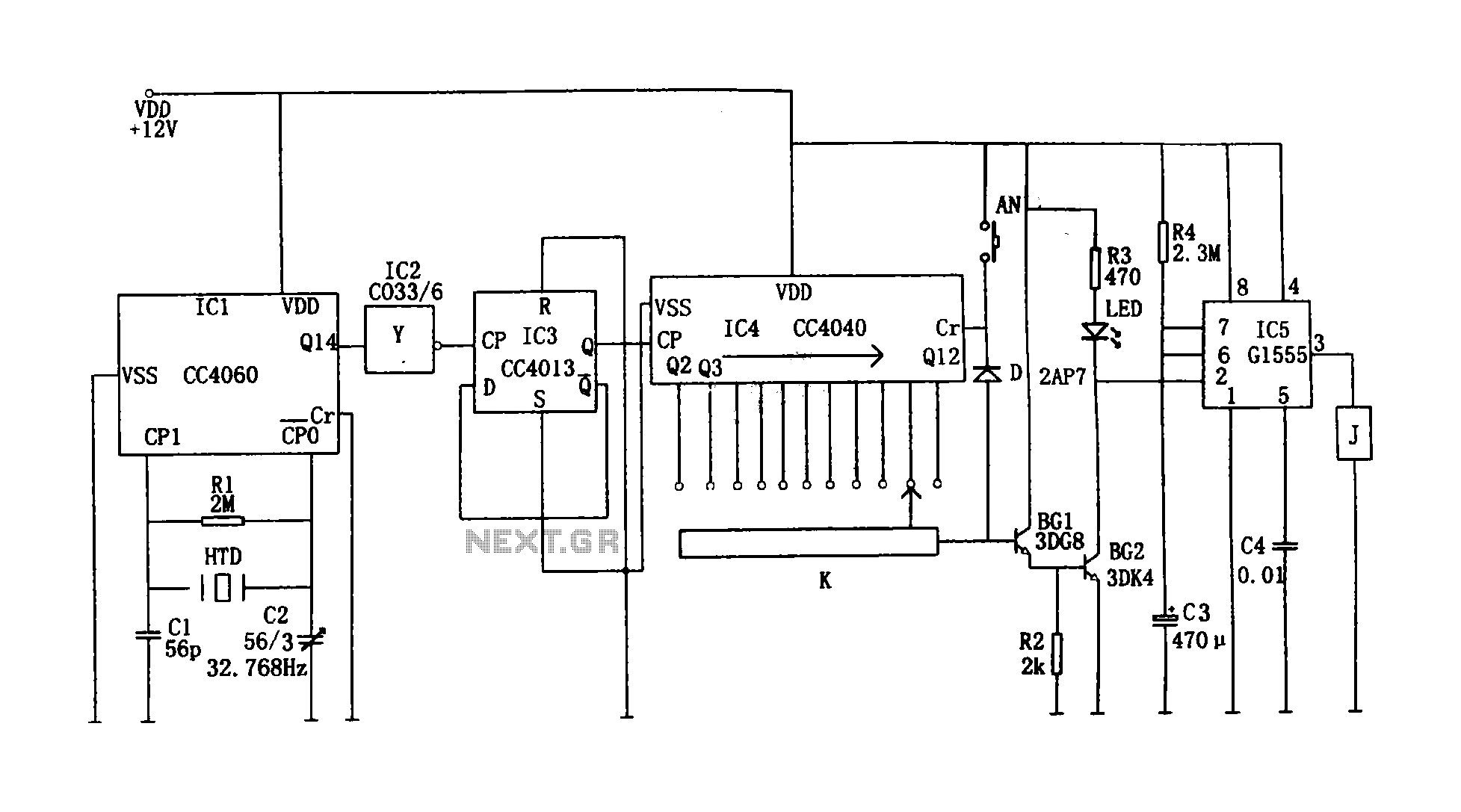
Wireless FM Microphone Circuit

This simple FM wireless microphone transmitter can transmit speech over a short range. It can be used as a simple cordless microphone. The circuit uses two.
The FM wireless microphone transmitter is designed for short-range audio transmission, making it suitable for applications such as public speaking, performances, or personal use without the constraints of wired connections. The core functionality of this circuit revolves around frequency modulation (FM), which allows for the transmission of audio signals over radio waves.
The circuit typically consists of a microphone, an audio amplifier, an oscillator, and an antenna. The microphone converts sound waves into electrical signals, which are then amplified to ensure a sufficient signal level for transmission. The oscillator modulates the amplified audio signal onto a carrier frequency, generating an FM signal that can be transmitted through the air.
Key components include:
1. **Microphone**: This input device captures sound and converts it into an electrical signal. Common choices include electret condenser microphones due to their small size and good sensitivity.
2. **Amplifier**: An operational amplifier (op-amp) or transistor can be used to amplify the microphone signal to a level suitable for modulation. The gain of the amplifier must be carefully selected to avoid distortion while ensuring a strong output.
3. **Oscillator**: A simple oscillator circuit, often based on a transistor or integrated circuit, generates a carrier wave. The frequency of this carrier wave is typically in the FM band (e.g., 88 to 108 MHz). The oscillator must be stable to maintain a consistent transmission frequency.
4. **Modulation**: The amplified audio signal is fed into the oscillator, where it modulates the carrier wave. This modulation process encodes the audio information onto the radio frequency signal, allowing it to be transmitted wirelessly.
5. **Antenna**: A simple wire or a dipole antenna is used to radiate the modulated signal into the surrounding environment. The design and length of the antenna must match the operating frequency to ensure efficient transmission.
Overall, this FM wireless microphone transmitter is a straightforward yet effective circuit for achieving wireless audio transmission. Proper design considerations, such as component selection and circuit layout, will enhance performance and reliability, making it a valuable tool for various applications.This simple FM wireless microphone transmitter can transmit speech over a short range. It can be used as a simple cordless microphone. The circuit uses two.. 🔗 External reference
The FM wireless microphone transmitter is designed for short-range audio transmission, making it suitable for applications such as public speaking, performances, or personal use without the constraints of wired connections. The core functionality of this circuit revolves around frequency modulation (FM), which allows for the transmission of audio signals over radio waves.
The circuit typically consists of a microphone, an audio amplifier, an oscillator, and an antenna. The microphone converts sound waves into electrical signals, which are then amplified to ensure a sufficient signal level for transmission. The oscillator modulates the amplified audio signal onto a carrier frequency, generating an FM signal that can be transmitted through the air.
Key components include:
1. **Microphone**: This input device captures sound and converts it into an electrical signal. Common choices include electret condenser microphones due to their small size and good sensitivity.
2. **Amplifier**: An operational amplifier (op-amp) or transistor can be used to amplify the microphone signal to a level suitable for modulation. The gain of the amplifier must be carefully selected to avoid distortion while ensuring a strong output.
3. **Oscillator**: A simple oscillator circuit, often based on a transistor or integrated circuit, generates a carrier wave. The frequency of this carrier wave is typically in the FM band (e.g., 88 to 108 MHz). The oscillator must be stable to maintain a consistent transmission frequency.
4. **Modulation**: The amplified audio signal is fed into the oscillator, where it modulates the carrier wave. This modulation process encodes the audio information onto the radio frequency signal, allowing it to be transmitted wirelessly.
5. **Antenna**: A simple wire or a dipole antenna is used to radiate the modulated signal into the surrounding environment. The design and length of the antenna must match the operating frequency to ensure efficient transmission.
Overall, this FM wireless microphone transmitter is a straightforward yet effective circuit for achieving wireless audio transmission. Proper design considerations, such as component selection and circuit layout, will enhance performance and reliability, making it a valuable tool for various applications.This simple FM wireless microphone transmitter can transmit speech over a short range. It can be used as a simple cordless microphone. The circuit uses two.. 🔗 External reference
Warning: include(partials/cookie-banner.php): Failed to open stream: Permission denied in /var/www/html/nextgr/view-circuit.php on line 713
Warning: include(): Failed opening 'partials/cookie-banner.php' for inclusion (include_path='.:/usr/share/php') in /var/www/html/nextgr/view-circuit.php on line 713





